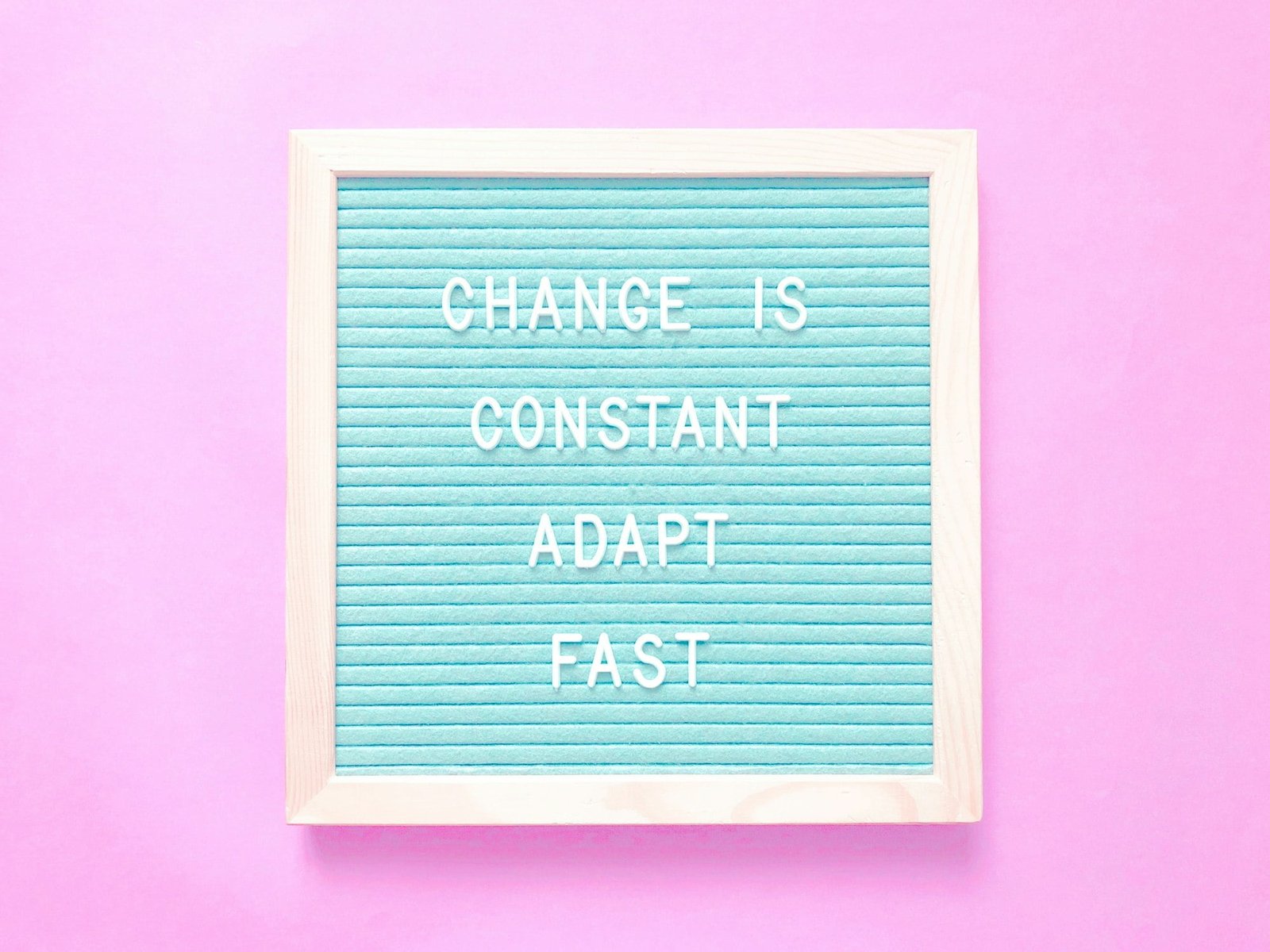Legislative Lane Changes: Adapting Laws for the Future of Mobility
Regulatory and Ethical ConsiderationsTable of Contents
In the rapidly evolving landscape of mobility, legislative frameworks play a crucial role in shaping the development, deployment, and regulation of new technologies. As innovations such as autonomous vehicles, electric cars, and shared mobility services continue to emerge, policymakers face the challenge of adapting existing laws to accommodate these changes and ensure the safety, efficiency, and fairness of transportation systems.
The Need for Legislative Adaptation
With advancements in technology and shifts in consumer preferences, traditional approaches to transportation regulation are becoming outdated. Laws designed for conventional vehicles may not adequately address the unique characteristics and challenges associated with new mobility solutions. Therefore, there is a growing recognition of the need for legislative adaptation to support innovation while safeguarding public interests.
Fact: According to a report by the World Economic Forum, 50% of the world’s population will live in urban areas by 2025, driving the demand for sustainable and efficient transportation solutions.
Challenges and Considerations
Adapting laws for the future of mobility presents several challenges and considerations. These include addressing safety concerns related to autonomous vehicles, establishing standards for electric vehicle infrastructure, and ensuring equitable access to transportation services across diverse communities. Additionally, policymakers must navigate complex regulatory landscapes and balance the interests of various stakeholders, including industry players, consumers, and environmental advocates.
Fact: The National Conference of State Legislatures reports that as of January 2021, 29 states and the District of Columbia have enacted legislation related to autonomous vehicles, reflecting ongoing efforts to establish regulatory frameworks for this emerging technology.
Approaches to Legislative Adaptation
To address these challenges, policymakers are adopting various approaches to legislative adaptation. This includes the development of flexible regulatory frameworks that can accommodate technological advancements, fostering collaboration between government agencies, industry stakeholders, and advocacy groups, and promoting innovation through pilot programs and regulatory sandboxes.
Fact: The European Union’s Clean Vehicles Directive aims to increase the deployment of zero- and low-emission vehicles by setting targets for public procurement and infrastructure development, demonstrating a legislative approach to promote sustainable mobility.
FAQs:
How are laws adapting to accommodate autonomous vehicles?
Laws are adapting to accommodate autonomous vehicles by establishing regulatory frameworks for testing, deployment, and operation, addressing liability, insurance, and safety standards, and promoting research and development in this field.
What role do policymakers play in shaping the future of mobility?
Policymakers play a crucial role in shaping the future of mobility by enacting legislation, establishing regulatory frameworks, and promoting initiatives that support innovation, sustainability, and accessibility in transportation.
How do legislative changes impact the automotive industry?
Legislative changes can have a significant impact on the automotive industry by influencing market dynamics, driving innovation and investment in new technologies, and shaping consumer behavior and preferences.
What are some examples of legislative initiatives aimed at promoting sustainable mobility?
Examples of legislative initiatives aimed at promoting sustainable mobility include incentives for electric vehicle adoption, mandates for renewable energy sources in transportation, and investments in public transit infrastructure.
How can stakeholders engage in the legislative process to influence mobility policies?
Stakeholders can engage in the legislative process by participating in public consultations, advocating for policy changes through industry associations and advocacy groups, and providing input to policymakers on the potential impacts of proposed legislation.
